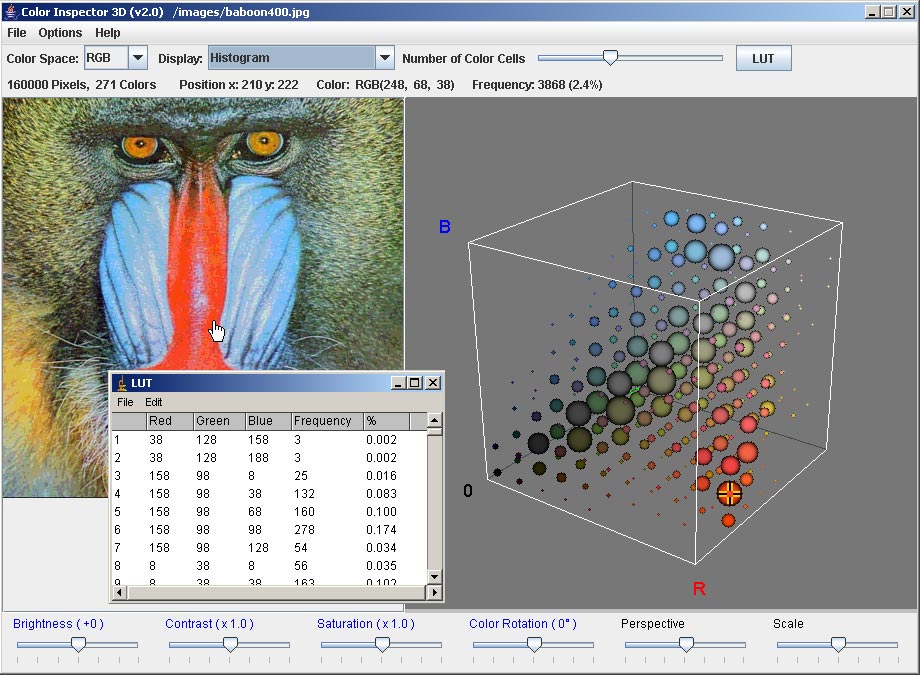

Figure courtesy of Dr.NIH Image is a public domain image processing and analysis program for the Macintosh. van Cappellen, Erasmus Medical Center, Rotterdam, The Netherlands. The raw DIC input image source is from the Cell Tracking Challenge ( ‐datasets/), captured by Dr. (f) The output of the U‐Net is shown, and (g) Watershed segmentation was used to obtain uniquely labeled cells (postprocessing). (e) A dialog box displays the time and memory information about the U‐Net inference process. (d) The DIC image intensity values were normalized (preprocessing step). (c) The final result of the segmentation using a trained U‐Net is shown.

#Nih imagej software Patch#
DeepImageJ displays some important information about the model's configuration such as the patch size (input size admitted by the model's architecture) and the overlap size (size of the image borders that need to be discarded in the output image due to the size of the convolutions in the network). (b) The DeepImageJ Run GUI allows the selection of a suitable model from the user's local machine and of any preprocessing and postprocessing ImageJ macros given within the selected trained model (in this case, “U‐Net HeLa Cell Segmentation”). (a) The image in this figure is a DIC microscopy image of HeLa cells (scale bar =15 μm).

Panels (a–c) depict the ImageJ steps visualized by the user and (d–g) show the automatically executed steps defined by the model developer and executed inside of DeepImageJ. Therefore, we also discuss the contributions of ImageJ2 to enhancing multidimensional image processing and interoperability in the ImageJ ecosystem.įiji ImageJ image analysis imaging microscopy open source software.Īn example of using DeepImageJ to segment HeLa cells in a differential interface contrast (DIC) microscopy image using a trained U‐Net. These new tools have been facilitated by profound architectural changes to the ImageJ core brought about by the ImageJ2 project. Moreover, new capabilities for deep learning are being added to ImageJ, reflecting a shift in the bioimage analysis community towards exploiting artificial intelligence. These plugins and tools have been developed to address user needs in several areas such as visualization, segmentation, and tracking of biological entities in large, complex datasets.

Here we review the core features of this ecosystem and highlight how ImageJ has responded to imaging technology advancements with new plugins and tools in recent years. We refer to this entire ImageJ codebase and community as the ImageJ ecosystem. It is available in many forms, including the widely used Fiji distribution. ImageJ consists of many components, some relevant primarily for developers and a vast collection of user-centric plugins. The close collaboration between programmers and users has resulted in adaptations to accommodate new challenges in image analysis that address the needs of ImageJ's diverse user base.
#Nih imagej software software#
ImageJ is an open-source image analysis software platform that has aided researchers with a variety of image analysis applications, driven mainly by engaged and collaborative user and developer communities. As techniques for acquiring images increase in complexity, resulting in larger multidimensional datasets, imaging software must adapt. For decades, biologists have relied on software to visualize and interpret imaging data.


 0 kommentar(er)
0 kommentar(er)
